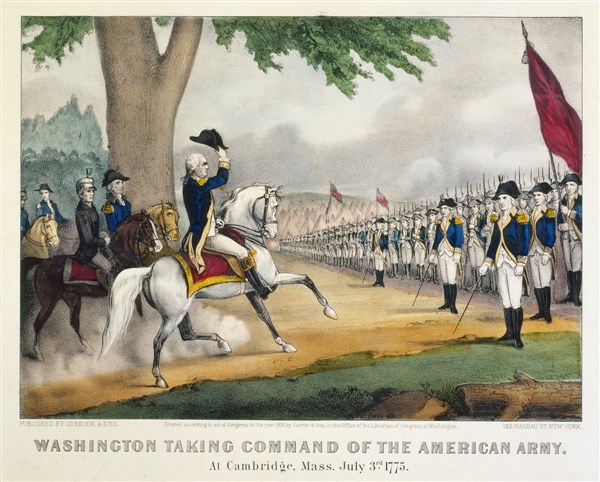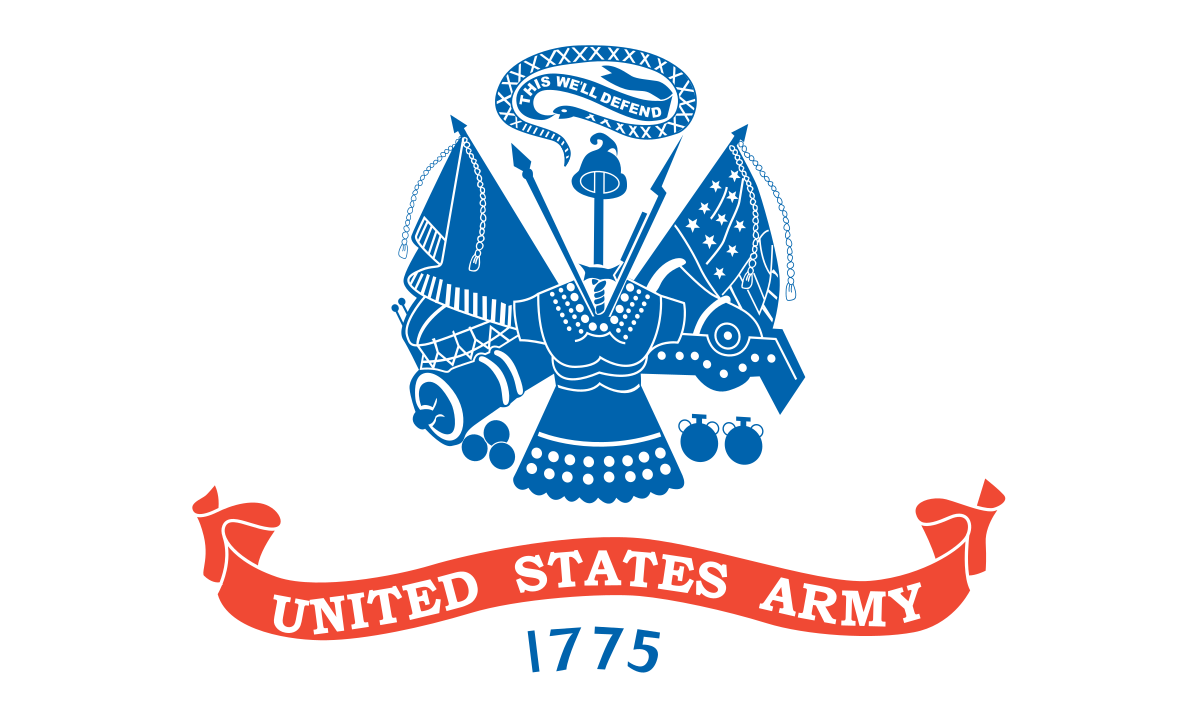Congress Officially Creates the United States Army
 To what may have seemed like a technicality, the United States Army was not official until September 29, 1789 after President George Washington succeeded in getting the First Congress to officially recognize the U.S. Army under terms of our newly formed Constitution. The Revolutionary War first birthed a version of the Army under Washington on June 14, 1775 as the Continental Congress felt it was needed in the conflict with Great Britain. The first version of the Army operated with state militias on the fight for independence. After the Articles of Confederation were finally ratified in 1781, the ability to raise troops for the common defense of the United States and also allowed for individual states to declare war under certain conditions.
To what may have seemed like a technicality, the United States Army was not official until September 29, 1789 after President George Washington succeeded in getting the First Congress to officially recognize the U.S. Army under terms of our newly formed Constitution. The Revolutionary War first birthed a version of the Army under Washington on June 14, 1775 as the Continental Congress felt it was needed in the conflict with Great Britain. The first version of the Army operated with state militias on the fight for independence. After the Articles of Confederation were finally ratified in 1781, the ability to raise troops for the common defense of the United States and also allowed for individual states to declare war under certain conditions.With these new provisions, there were concerns about the need for a standing army outside of times of war. For most Americans after the Revolution, a standing army was a dangerous threat to liberty and the newly independent country. Many of the drafters of the Constitution had the experience serving with the Continental Line, the army the bested the British for our independence. George Washington, Alexander Hamilton, and James Madison were acutely aware the dangers an external enemies posed to the newly formed nation. The “raise and support Armies” clause was the solution to the dilemma.
The Constitutional convention of 1787 in Philadelphia accepted the new for a standing army but sought to maintain control by checks, permitting the President to command it but Congress would be to finance it using short-term legislation. Congress had the power to do this under the Army Clause. “The Congress shall have Power To…raise and support Armies, but no Appropriation of Money to that Use shall be for a longer Term than two years...,” the clause read.
After President Washington continue to insist that the lawmakers pass an Act clarifying the Army’s role under the new Constitution. “I am particularly anxious it should receive an early attention as circumstances will admit; because it is now in our power to avail ourselves of the military knowledge disseminated throughout the several States by means of the many well instructed Officers and soldiers of the late Army; a resource which is daily diminishing by deaths and other causes,” Washington wrote. Congress finally passed an Act for the “Establishment of the Troops,” also allowing for the President to order up state militias under some circumstances and even required a loyalty oath to the Constitution by anyone in service.

